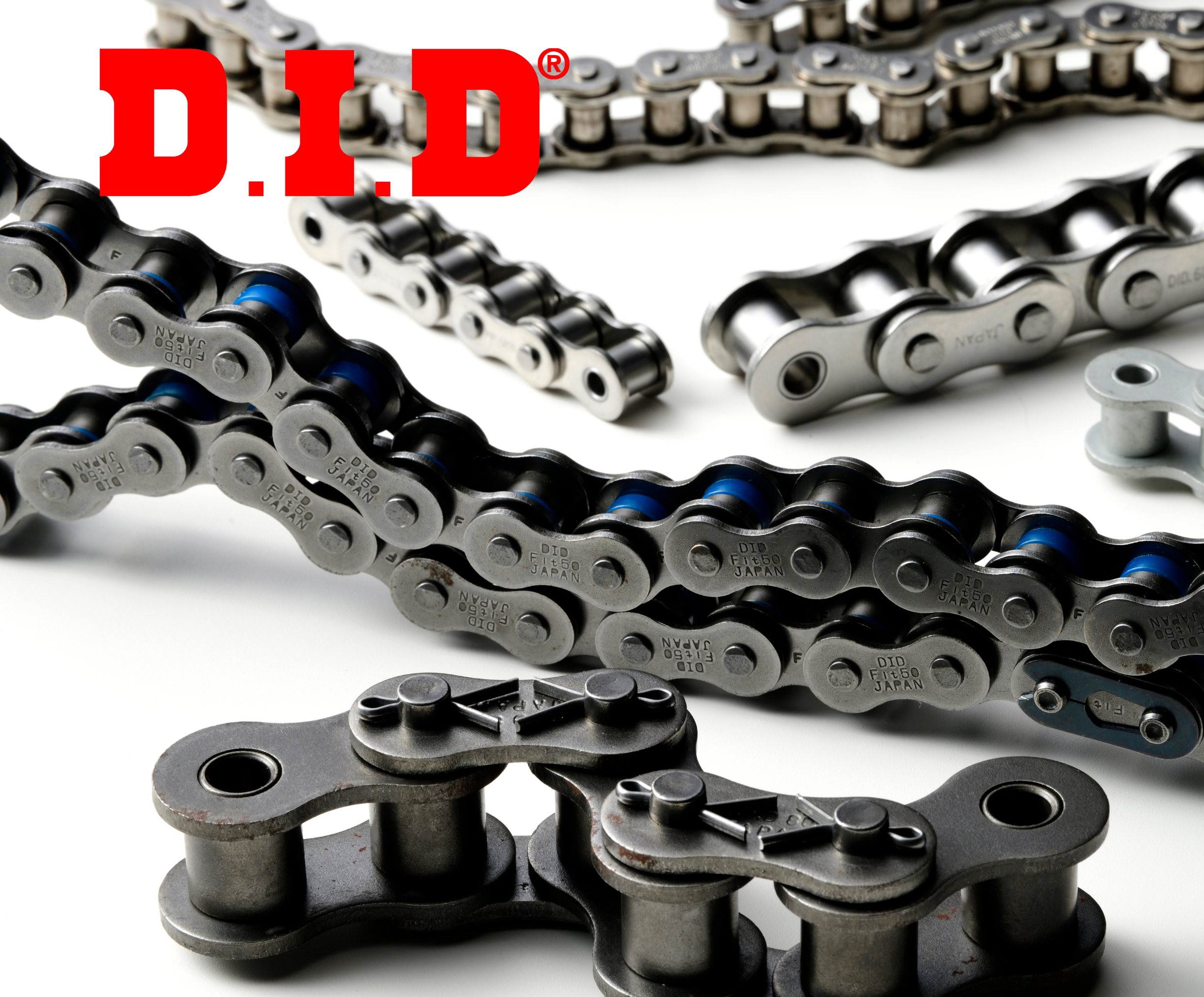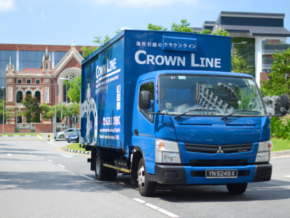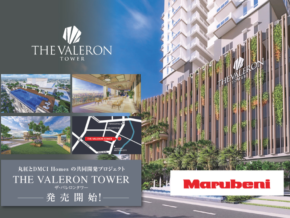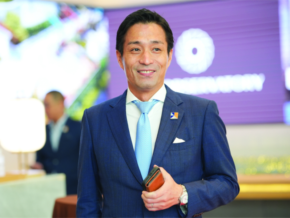Business Talk with Keiichiro Yokohashi, VP and Head of EcoMOL, MOL Enterprise (Philippines) Inc.
Data analysis of Filipino staff and operating vessels to achieve GHG emission reduction hit marks ahead of schedule!
The shipping industry faces the dual challenge of fostering economic growth while reducing its environmental impact to the planet. Mitsui O.S.K. Lines (MOL) is addressing these head-on, particularly through its operations in the Philippines. In an exclusive interview with Keiichiro Yokohashi, Vice President and Head of EcoMOL at MOL Enterprise (Philippines) Inc., we’re exploring the company’s solutions to improve operational efficiency, reduce greenhouse gas (GHG) emissions, and adapt to the evolving global landscape. He provides insights into MOL’s strategies and future plans, including the integration of subsidiaries in the Philippines and the goals outlined in their BLUE ACTION 2035 management plan.
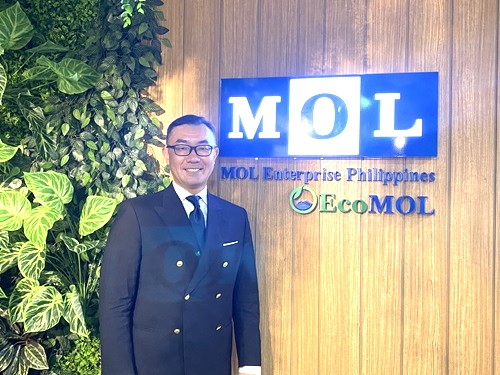
IMAGE from Philippine Primer
Philippine Primer: What is operational efficiency in ship operations?
Mr. Yokohashi: Operational efficiency in shipping is all about reducing fuel consumption, which significantly impacts both costs and environmental footprints. Fuel costs constitute a large portion of a ship’s operating expenses, and most vessels use heavy oil, a fossil fuel that emits large amounts of carbon dioxide. Globally, the shipping industry contributes about 3% of all greenhouse gas emissions, equivalent to the annual emissions of a country like Germany. The International Maritime Organization (IMO) has set a target of net-zero GHG emissions by 2050, and shipping companies are expected to take substantial steps toward this goal. While transitioning to alternative fuels like ammonia and hydrogen will be essential, this shift requires technological advances and is likely to become mainstream in the 2030s. Currently, we focus on improving energy efficiency and reducing unnecessary fuel consumption by aiming for a 5% reduction in emissions from 2013 levels.
Philippine Primer: What specific measures are you taking to achieve these efficiency goals?
Mr. Yokohashi: Our approach combines both hardware and software solutions to improve operational efficiency. On the hardware side, we have implemented various energy-saving technologies to improve the propulsion and combustion efficiency of our ships’ engines. On the software side, managing ship speeds is crucial to preventing unnecessary fuel consumption. The relationship between a ship’s speed and the required horsepower is exponential—doubling the speed requires eight times the horsepower and fuel. By using advanced weather forecasting systems and real-time navigational performance data, we can optimize speed under different conditions, significantly improving fuel efficiency. Additionally, optimizing arrival times in ports is vital. Ships spend about 40% of their time at anchor, with around 10% of that time waiting for berth availability. By coordinating with customers and other stakeholders, we can adjust speeds to minimize fuel consumption even during these periods, which contribute to overall efficiency.
Philippine Primer: How do you gather and utilize data to improve operational efficiency?
Mr. Yokohashi: Collecting real-time data in the shipping industry is hard due to the remote nature of operations and limited internet access at sea. However, we’ve partnered with external system providers to integrate accurate weather forecasts with our ships’ operational data to allow us to adjust speeds daily for optimal fuel efficiency. Many of our vessels are leased from different owners, each with its system, making data collection complex. To address this, we work closely with our digital transformation (DX) and technical teams in Tokyo to analyze data from our fleet and external sources. This collaborative effort helps us identify efficiency-improving elements, which we then implement in our operations. By March 2012, we had already surpassed our goal, achieving a 7.2% reduction in GHG emissions per unit of production compared to 2013 levels, outperforming many of our competitors.
Philippine Primer: What is the background and purpose of the recent integration of your business units in the Philippines?
Mr. Yokohashi: The integration of our two subsidiaries into MOL Enterprise (Philippines) Inc. aims to strengthen our operational capabilities in the Philippines, a region poised for high economic growth. This move aligns with our BLUE ACTION 2035 management plan, which emphasizes regional, environmental, and portfolio strategies. Our environmental goals include reducing GHG emissions per unit of transportation by 45% by 2035 and achieving net zero emissions by 2050. The integration also reflects our commitment to developing human resources in the Philippines by offering local talent greater opportunities to contribute meaningfully to our operations. Aside from shipping, we are also diversifying into sectors like wind power, real estate, and logistics to respond to the growing demand across the archipelago’s more than 7,000 islands. By improving our relationship with local partners, we aim to expand our business and contribute to the region’s economic development.
Philippine Primer: How did the COVID-19 pandemic impact your business operations, and what were your strategies?
Mr. Yokohashi: The COVID-19 pandemic significantly disrupted global logistics, causing shipping and port congestion due to labor shortages and delays in loading and unloading. This led to a phenomenon known as the “bullwhip effect,” where fluctuating demand in the supply chain caused an overreaction, ultimately resulting in excess inventory. Ironically, this situation benefited shipping companies as demand for containerized cargo surged, leading to increased freight rates and profitability. While this period of high performance was unexpected, it allowed us to strengthen our operations and rethink our strategies, which formed the basis for our BLUE ACTION 2035 management plan.
Philippine Primer: Can you provide an overview of the MOL Group’s BLUE ACTION 2035 management plan?
Mr. Yokohashi: BLUE ACTION 2035 is our medium-term management plan for 2023 and beyond, focusing on five sustainability challenges and a vision for the future. The plan is built around three main strategies: portfolio, regional, and environmental. Our portfolio strategy aims to diversify our revenue streams, reducing dependence on shipping and expanding into non-shipping businesses like real estate, logistics, and B2C sectors. The regional strategy focuses on empowering local markets like the Philippines and India, decentralizing decision-making from Tokyo to enhance responsiveness and local engagement. Environmentally, we are committed to decarbonizing our fleet and investing in renewable energy projects, such as offshore wind power.
Philippine Primer: What do you like about the Philippines?
Mr. Yokohashi: I really love the Philippines (laughs). We have a close relationship with this country, as many of our seafarers are Filipino (accounting for 60-70% of our workforce at sea). They are easy to work with, very honest, and have a positive demeanor that I admire. While there are significant challenges in terms of poverty and economic development, this makes our work even more meaningful. Through our regional strategy and community contributions, we hope to support the Philippines’ growth and development.
Philippine Primer: What principles guide you in your work?
Mr. Yokohashi: For me, making quick decisions is crucial. In my role, I often need to approve or direct initiatives rapidly, relying on the assumption that my team has thoroughly considered their proposals. While Japanese business culture tends to emphasize careful deliberation and consensus-building, I believe that in today’s fast-paced environment, it’s better to act swiftly and adjust as needed. This approach carries some risk, but it’s essential to be decisive and adaptable, moving forward even when all details aren’t clear, and making improvements along the way.
Note: You may also read the article in Japanese by clicking here.




